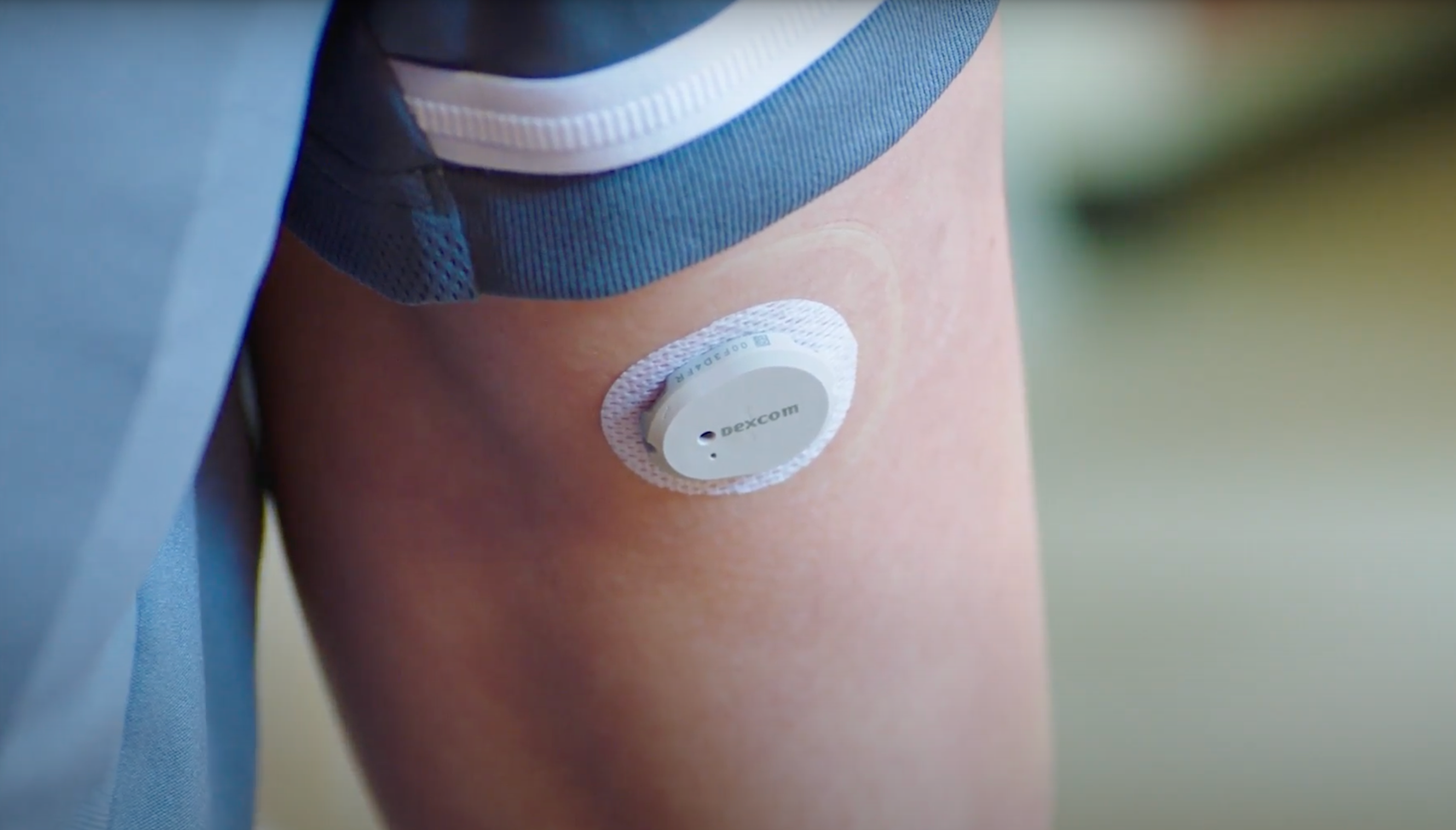Article
Study Finds Dexcom G7 Setup is Easier, Requires Fewer Tasks for Older Adults than Previous Generations
Courtesy of Dexcom

New data from a small study assessing ease of uptake of the Dexcom G7 continuous glucose monitoring (CGM) system is underlining the impact of advancing technology on accessibility and use of newer CGM systems as part of diabetes management.
A 10-person study assessing uptake of the Dexcom G7 CGM system among a population of older adults with the aid of a certified diabetes care and education specialist (CDCES), results indicate that G7 CGM system required half as many steps to set up and deploy as the G6 system, with the system’s system usability scale survey scores indicating excellent usability.
“Simpler sensor insertion and app setup processes allow the seventh-generation CGM system to be even easier for older adults to learn and use, which may aid in motivation to try a new technology,” wrote investigators. “[Real-Time]-CGM with its alerts and alarms has been shown to contribute to better glycemic outcomes in older adults including severe hypoglycemia, which is particularly dangerous in this population.”
The advent and continued advances in glucose monitoring technologies in diabetes management has and continues to redefine care, with people with diabetes the direct beneficiaries of this historic advancement. Never before have so many advanced CGM systems been accessible to people with diabetes. With this in mind, a recent emphasis has been placed on optimizing uptake of these technologies in populations considered more susceptible to hypoglycemia and adverse diabetes-related outcomes.
The current study was launched to better understand ease of use and task burden of uptake of Dexcom’s G7 CGM system. To do so, investigators designed their study as a formal task analysis with the intent of identifying the number and complexity of tasks associated with deployment of the G7 CGM system compared to the fifth- and sixth-generation systems in adults aged 65 years or older. A cohort of 10 older adults with no prior CGM experience and 10 CDCESs were recruited for inclusion in the investigators’ formal task analysis. This analysis assessed ease of use among CDCESs through a survey after hands-on insertion and initiation of the system. For older adults in the study, ease of use was assessed using system usability scale (SUS) survey scores.
Investigators pointed out the study chose to evaluate a “no-training” scenario prior to RT-CGM initiation. Initiation was performed in an in-person, one-on-one setting with the CDCES and a CGM-naive study participant. Using the G7 CGM system and a mobile phone application, both groups were tasked with setting up the mobile app, deploying the sensor on themselves, and establishing communication between the app and sensor without training or instructions beyond what was included in the box and mobile app. The post-test survey, which included open-ended questions, were required following completion of the initiation. The SUS survey given to the older adults included in the study evaluated responses using a 5-point Likert scale with 5 indicating strongly agree.
Upon analysis, investigators found the number of tasks required for sensor insertion with the G7 CGM system was 6 tasks, which is lower than the 17 tasks needed for insertion with the G5 system and less than half of the tasks required for insertion with the G6 system. Investigators noted the number of potential unrecoverable use errors also decreased with the newer system compared to older generations, with 1, 5, and 8 of these types of errors occurring with the G7, G6, and G5 systems, respectively.
When assessing usability, results of the investigators’ analysis indicated the total setup time for the G7 system ranged from 6-9.2 minutes, with an average setup time of 7.15 minutes. When assessing CDCES responses to the post-test survey, results suggested responses were very favorable, with only 1 participant providing a rating that was less than neutral. In the post-test survey and SUS survey given to older adults, no responses lower than neutral were recorded and the SUS score for setup and insertion of the G7 system was 92.8, which investigators noted was reflective of an excellent usability rating.
“For CDCESs and for older adults using the G7 CGM system, cognitive burden is relatively low and reduced from previous CGM systems. Easing of this burden and simplification of the glucose monitoring aspect of proper diabetes management will likely contribute to improved outcomes in this population,” wrote investigators in their conclusion.
This study, “Usability and teachability of continuous glucose monitoring devices in older adults and diabetes educators: a task analysis and ease of use survey,” was published in JMIR Human Factors.




